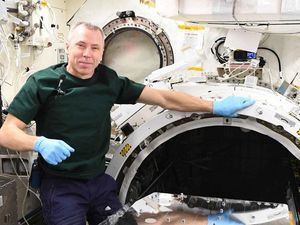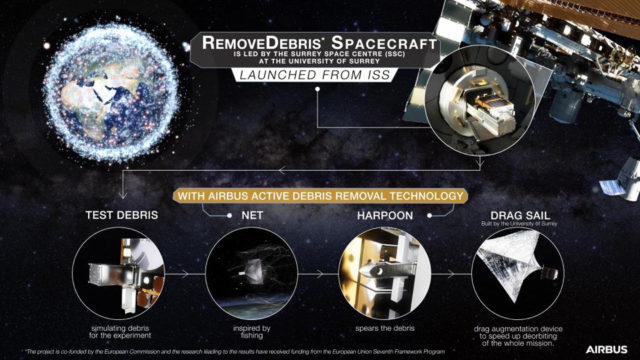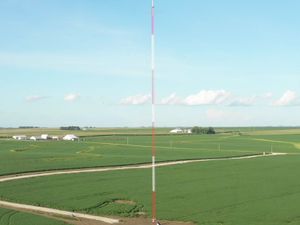Everything you need to know about RemoveDEBRIS: the mission to clear space junk
The satellite will test the technologies that could be used to clear objects in low-Earth orbit deemed to be collision hazards.

RemoveDEBRIS – a spacecraft designed to demonstrate the technologies to remove space junk – has been launched from the International Space Station (ISS).
The 100kg (220 lbs) satellite – the largest yet deployed from the ISS – was released on June 20 with the help of Canadarm2, a robotic arm used for servicing and capturing cargo ships.
It was designed and assembled by engineers at the University of Surrey, French aeronautics company Airbus and the Surrey Satellite Technology Ltd (SSTL).
The team at the RemoveDEBRIS control station in Guildford were on hand to make contact with the satellite as it passed overhead for the first time.
Here’s everything you need to know:
How did RemoveDEBRIS arrive on the ISS?
The satellite was launched aboard the SpaceX Dragon spacecraft on April 2 as part of the CRS-14 resupply mission for the ISS. It arrived at the ISS on April 4.
The mission was co-ordinated by NanoRacks, a Houston-based company working with Nasa.
Video footage taken by cosmonaut Oleg Artemyev shows the satellite flying past the ISS after being deployed into lower Earth orbit.
What’s the purpose of the mission?

RemoveDEBRIS will test a variety of technologies that could be used in the future to get rid of space debris.
It is equipped with a net, a harpoon, a laser ranging instrument, a dragsail and two CubeSats (miniature research satellites).
One of the mini sats, called DebrisSat 1, will deploy a balloon to simulate a piece of space debris, while the other one, called DebrisSat 2, will collect data and images and send it back to mission control for processing.
The net and the harpoon (which is connected to the spacecraft by a tether) will be used to capture the debris.
Once the experiments are finished, RemoveDEBRIS will deploy a dragsail – a large sail that will act as an air brake – which will bring the satellite into the Earth’s atmosphere.
When is it expected to return to Earth?
The full lifespan of the mission from launch to re-entry is estimated at one-and-a-half years.
The satellite is expected to disintegrate as it enters the upper atmosphere.
Why the need to remove space debris?
It is estimated there are around 750,000 objects larger than 1 cm (0.3in) orbiting Earth, according to the European Space Agency.
These man-made pieces of scrap include parts of old rocket, pieces that have broken off satellites, tools dropped by astronauts during spacewalks and even bits of paint.
These objects fly around the planet at a speed of 24,800mph (40,000 kph) and are seen as collision hazards that threaten to damage communications and environmental monitoring satellites.
Nicolas Chamussy, head of Airbus Space Systems, said: “We have spent many years developing innovative active debris removal systems to be at the forefront of tackling this growing problem of space debris and to contribute to the UN’s Sustainable Development Goals for our future generations.”





